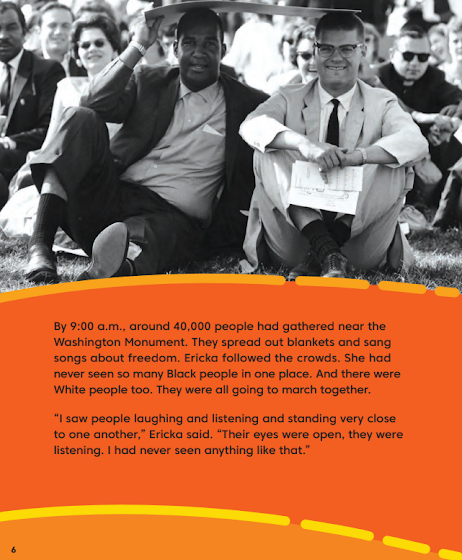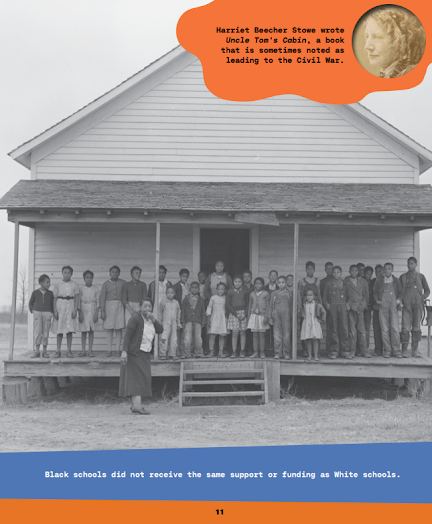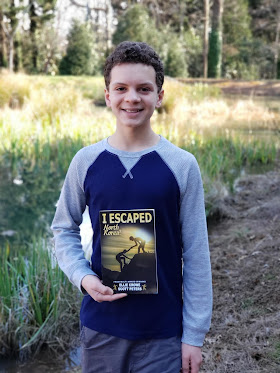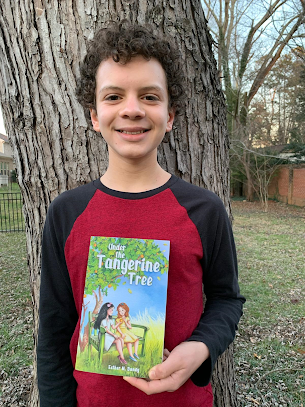ELLIOTT: What inspired you to write Under the Tangerine Tree? Was it a single moment, conversation, or photo, or did it take a larger experience for the ideas in your book to come together?
ESTHER BRANDY: I began writing Under the Tangerine Tree after my dad died in 2005. I loved my dad, and even though I knew he was in heaven, I still missed him. I’d also met many children who lost their fathers due to death or divorce. I wanted to write a book that would help children deal with their grief and allow me to express my own feelings of missing my dad. In addition, I had a desire to share God’s love and help children understand the gospel. It’s such a blessing to know that when a person receives the Lord Jesus as Savior, he becomes a child of God and has a heavenly father who loves him and will always be there.
ELLIOTT: What does your writing process look like, and how long did it take you to write Under the Tangerine Tree?
ESTHER BANDY: I have many medical problems, and Under the Tangerine Tree is my debut novel, so it took a very long time to write, revise, research, and edit my novel. I started writing it in 2005 after my dad died, but I often set it aside for long periods of time due to personal and family health problems. In addition, we sold our home in Washington state and moved to North Carolina during those years. I was often so busy or sick that I neglected my writing completely. Even when I wasn’t writing, I often thought about my novel. I remembered moments from my life, historical events, and inspirational themes I wanted to include.
ELLIOTT: In ‘Under the Tangerine Tree’, Angie Mangione moves to Florida to start a new life, one that more intimately involves God. Are her experiences in any way reflective of your own?
ESTHER BANDY: Angie’s faith journey is different from mine since I was saved in a Good News Club when I was five. However, several of Angie’s experiences are echoes from my life. I never lived in New York City, but my dad was Italian, and he was born and raised in NYC. Mom was southern born and raised near Tampa, FL. We often visited NYC to see dad’s family, but I was born in Tampa. Dad was in the Air Force, so we lived in several places when I was young. Like Angie, I didn’t like moving and being the new kid at school. I was glad when dad retired, and we moved next door to Granny’s house on a country lake in Florida.
ELLIOTT: Did you have to do any research before or during writing?
ESTHER BANDY: I remembered many of the historical events from my childhood, including President Kennedy’s visit to Tampa and his assassination four days later. I did extensive research to make sure I had the facts right.
ELLIOTT: Did Under the Tangerine Tree start out with the same plot line and characters it has now, or were there unused ideas, and if there were, can you share some of them?
ESTHER BANDY: It had the same general plot line and characters, but some have been added and others have been deleted. I had several more scenes from Angie’s school with a variety of other characters, but I finally deleted about 10,000 words with scenes and characters that seemed to weaken the overall story.
ELLIOTT: What made you choose Under the Tangerine Tree as the title for your first book?
ESTHER BANDY: There was a tangerine tree at the end of my dirt road in Tampa when I was growing up. It had the best tangerines I’ve ever eaten. I walked past that tree on the way to and from my elementary school, and my best friend and I often sat under that tree while we talked and ate tangerines.
ELLIOTT: What message or messages do you want each of your readers to leave your book with?
ESTHER BANDY: I hope my readers will understand that even though this life is filled with challenges, life is good, and they can have hope. Why? Because God loves them, and He has a wonderful plan for their lives. When they understand the gospel and receive Christ, their sins are forgiven, and they become children of God. They also have the Holy Spirit who indwells them and helps them understand the Bible and have victory over sin.
ELLIOTT: What made you decide to start off Under the Tangerine Tree with the main character’s father dying?
ESTHER BANDY: When I began writing Under the Tangerine Tree, my dad had just died, and I knew children who had lost their fathers due to death or divorce. I wanted to offer people hope while they were grieving, and I needed to express my own feelings of grief. I want my readers to know that even when the challenges of life are difficult to deal with, we can still have hope for a better tomorrow.
ELLIOTT: Have you always wanted to be a writer?
ESTHER BANDY: When I was in second grade, I wanted to be a nurse, a missionary, a teacher, or a writer. My teacher said I had to choose one, but I couldn’t. I wanted to do all of them. Over the years I’ve worked as a nurse, a missionary, and a Spanish teacher. When I became disabled, I realized that it was time to write.
ELLIOTT: How difficult was publishing your first book?
ESTHER BANDY: I submitted it to several traditional publishers who rejected it, so I finally decided to self-publish it. I’m thankful to my wonderful son and to several friends who have encouraged me and helped me publish it.
Thank you Esther and Elliott for this informative interview. You can find Esther on her website or connect with her on Facebook .










































